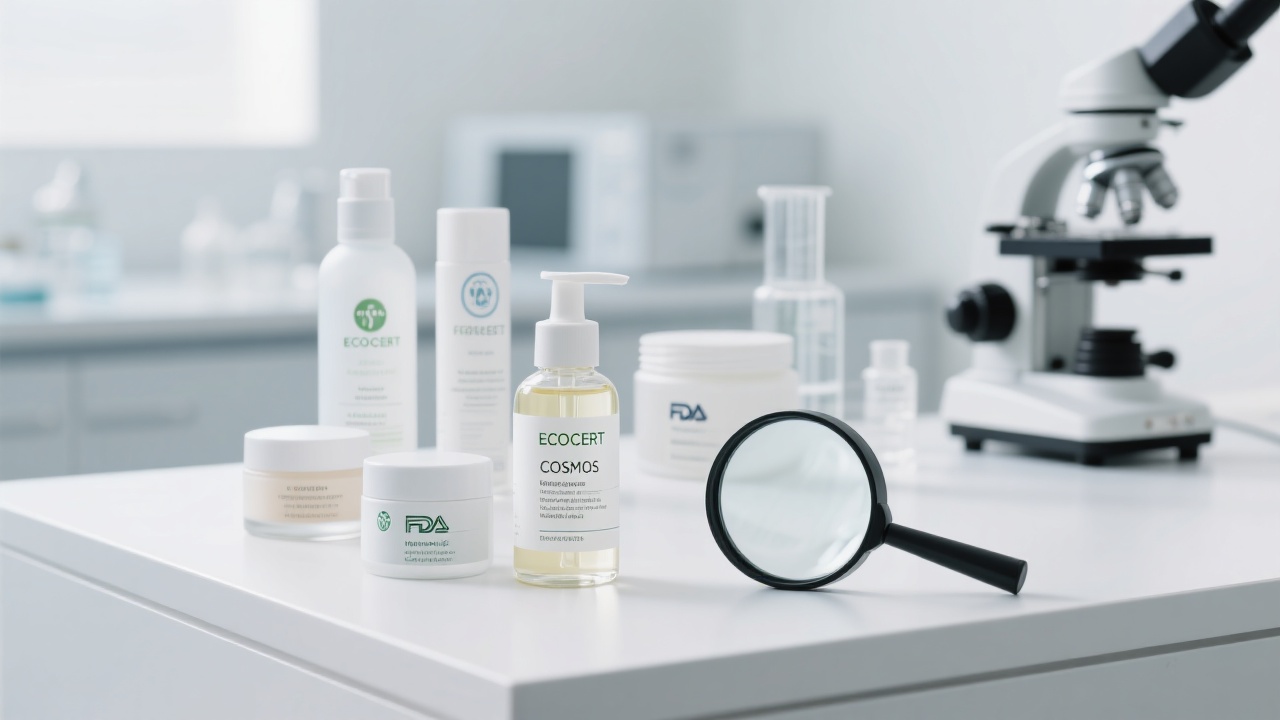In the highly competitive and often confusing international beauty market, distinguishing truly safe skincare products from the “pseudo-safe” has become a pressing challenge for consumers and brands alike. The EU's ECOCERT certification stands as a hallmark of rigorous safety and sustainability standards, particularly emphasizing formulations free from silicones, sulfates, and harmful preservatives. However, the nuances behind these labels are frequently misunderstood — many assume terms like “silicone-free” or “sulfate-free” guarantee universal safety, which, in reality, is far more complex.
ECOCERT currently certifies over 15,000 cosmetic products worldwide, representing around 30% of organic and natural cosmetic brands in the European Union. This figure underscores the certification’s growing influence but also highlights that many products claiming similar benefits remain uncertified, thus lacking externally verified safety claims. For example, a report by the European Cosmetic Industry Board revealed that only about 40% of “natural” cosmetics in the market today undergo third-party certification such as ECOCERT.
Let’s unpack these common claims which dominate contemporary beauty marketing:
| Label | Meaning | Potential Misconception |
|---|---|---|
| Silicone-Free | Excludes synthetic polymers that can occlude pores but offers a smooth skin feel | Assuming all silicones are harmful; in reality, many are inert and safe when properly formulated |
| Sulfate-Free | Avoids harsh detergents like Sodium Lauryl Sulfate that can strip natural oils | Confusing all sulfates as unsafe; some mild sulfates and alternatives are skin-friendly |
| Preservative-Free | Claims to eliminate synthetic preservatives often linked to allergies | Ignoring natural preservatives or alternative preservation methods which may still cause reactions |
This differentiation is crucial, because, as witnessed with some unregulated overseas brands, simply omitting one risky ingredient can lead to compensatory addition of other chemicals that might compromise safety. For instance, ECOCERT-certified products emphasize ingredient transparency and absence of toxic compounds rather than simple ingredient exclusion lists.
From raw material sourcing to manufacturing protocols, ECOCERT mandates rigorous controls covering:
These ensure products do not just "look safe" on the label, but are inherently safe by their chemical and biological profiles. This contrasts significantly with many uncertified imports that promote “natural” claims but lack transparency on sourcing or stability testing.
According to an internal analysis by Sambo Bioengineering, integrating ECOCERT’s framework resulted in a 25% reduction in product recalls due to safety complaints, demonstrating how international quality management extends beyond marketing slogans.
First, look for the official ECOCERT logo and verify its registration number on the ECOCERT website. Beware of counterfeit certifications or vague “organic” claims. Secondly, scrutinize ingredient lists; a trustworthy product will avoid unpronounceable chemicals and rely on recognized safe ingredients.
Lastly, verify the brand’s supply chain transparency and adherence to environmental sustainability principles — factors ECOCERT rigorously audits but are often absent in mere marketing labels.

To put it bluntly, don’t be fooled by buzzwords alone. “Silicone-free” or “sulfate-free” does not automatically confer safety or quality without certified backing. Always seek comprehensive certifications aligned with international standards like ECOCERT when sourcing cosmetic products overseas.


